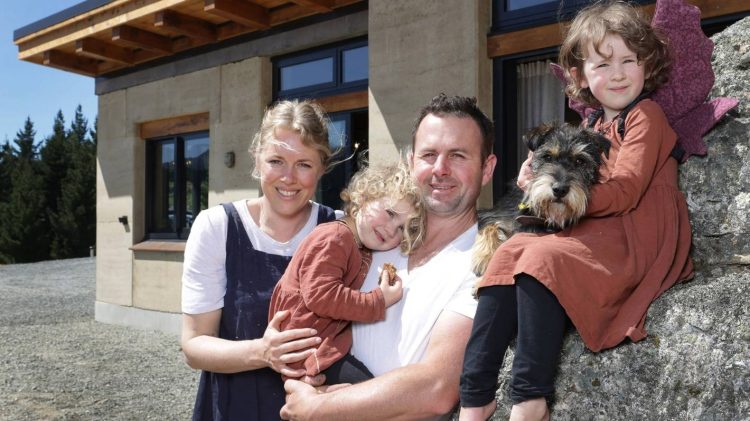本周在新西兰Grand Designs,我们将关注一对年轻夫妇李和米歇尔·塔恩的旅程,他们选择在偏远的坎特伯雷高地离网生活。在过去的七年中,他们住在帐篷、泥屋和两间木屋里,甚至在这段时间里生了一个孩子。现在,他们正在50公顷的土地上建造房屋,他们在2011年以14.5万美元的价格购买了这栋房子。
李和米歇尔拥有许多实用技能,可以帮助他们生活在这个充满挑战的环境中。李是一位树艺师,有在中国山坡农场工作的经验,而米歇尔是一位园艺家。他们正在用过去几年中开采的木材建造一座冲压土房屋。这所房子很小,刚刚超过100平方米,他们的目标是在一年内以30万至40万美元的价格完工。
这对夫妇在建造新家时暂时搬到了他们在杰拉尔丁拥有的房子里,距离一小时车程。他们继续过着简朴的生活,与自然和谐相处,似乎对未来的挑战毫不动摇。他们甚至增加了太阳能系统,为建筑工具提供动力。
冲压土屋的原材料来自300公里外的卡德罗纳山谷。这对夫妇还必须在一条具有挑战性的通道上行驶,其中包括河流福特,才能为建筑运送材料。尽管面临这些挑战,但他们仍然乐观和坚定。
完工的房屋简单而坚固,非常适合恶劣的环境。它采用天然材料、胡桃木厨房以及用捣土墙雕刻而成的壁龛,用于存放书籍和植物。这对夫妇还选择在客厅外放一块大巨石,挡住山谷的大部分景色,因为他们喜欢大巨石。
李和米歇尔在这座建筑上花费了大约58万美元,超过了他们最初的预算。但是,他们似乎对自己的新家和离网生活方式非常满意。他们没有互联网,他们认为互联网是奢侈品,而不是必需品。取而代之的是,他们把时间花在读书、打牌和听音乐上。尽管面临挑战,但他们的生活听起来像田园诗般。



























































